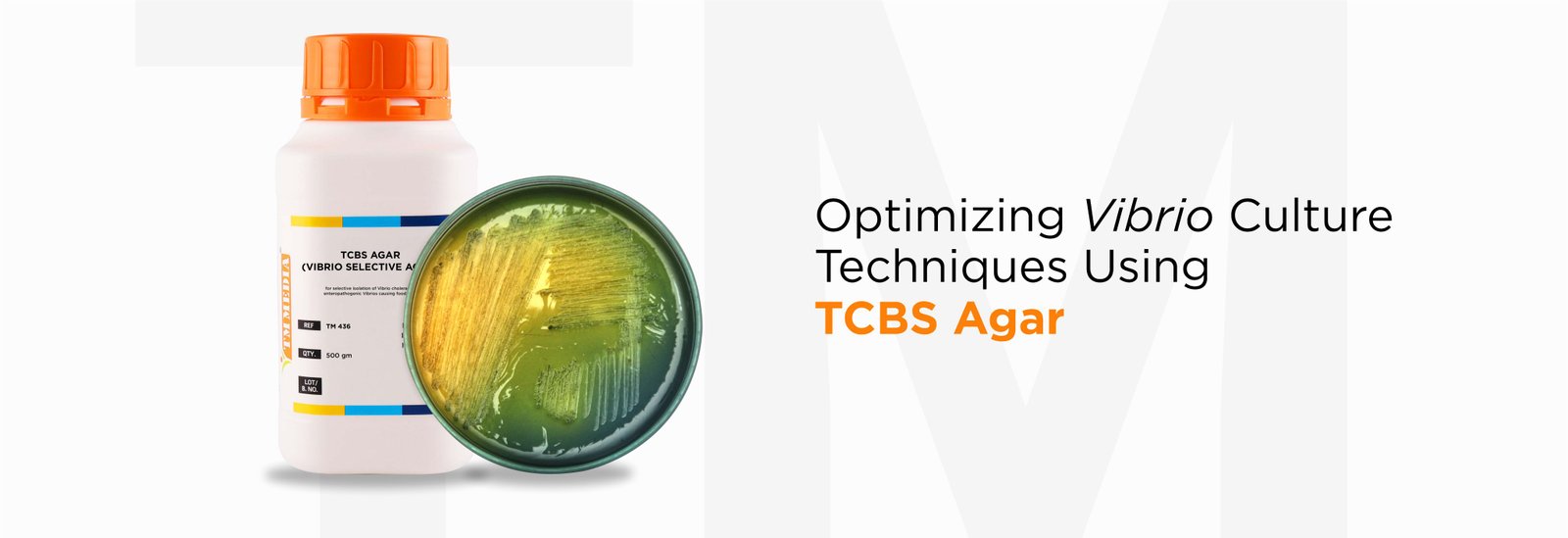

Potato Dextrose Agar (PDA) is a type of agar commonly used for the cultivation of fungi and bacteria. It is a nutrient-rich medium that supports the growth of a wide variety of microorganisms, including yeast, moulds, and bacteria. PDA is composed of potato infusion, dextrose, agar, and other additives, such as calcium carbonate, magnesium sulphate, and manganese sulphate. This combination of ingredients provides the optimal environment for the growth of microorganisms. PDA is commonly used for the detection and identification of bacteria and fungi. It is also used for the isolation and enumeration of microorganisms, or for determining their level of activity. Additionally, PDA can be used to test the biological safety and effectiveness of antimicrobial agents. PDA is especially useful for the cultivation and identification of pathogenic fungi, such as Candida species. The potato infusion in the agar provides nutrition for the growth of fungi, while the dextrose is an energy source. The addition of calcium carbonate helps to raise the pH of the medium, making it more suitable for these types of fungi. PDA is a widely used medium for the cultivation and identification of microorganisms. It is easy to prepare and use, and is relatively inexpensive. It is a valuable tool for those in the fields of microbiology, mycology, and biotechnology.
Potato Dextrose Agar (PDA) is a type of agar commonly used for the cultivation of fungi and bacteria. It is a nutrient-rich medium that supports the growth of a wide variety of microorganisms, including yeast, moulds, and bacteria. PDA is composed of potato infusion, dextrose, agar, and other additives, such as calcium carbonate, magnesium sulphate, and manganese sulphate. This combination of ingredients provides the optimal environment for the growth of microorganisms. PDA is commonly used for the detection and identification of bacteria and fungi. It is also used for the isolation and enumeration of microorganisms, or for determining their level of activity. Additionally, PDA can be used to test the biological safety and effectiveness of antimicrobial agents. PDA is especially useful for the cultivation and identification of pathogenic fungi, such as Candida species. The potato infusion in the agar provides nutrition for the growth of fungi, while the dextrose is an energy source. The addition of calcium carbonate helps to raise the pH of the medium, making it more suitable for these types of fungi. PDA is a widely used medium for the cultivation and identification of microorganisms. It is easy to prepare and use, and is relatively inexpensive. It is a valuable tool for those in the fields of microbiology, mycology, and biotechnology.
Potato Dextrose Agar (PDA) is suitable for a variety of applications.
In the field of microbiology, Potato Dextrose Agar is often used for the cultivation of fungi. It is a rich medium that provides a suitable environment for the growth of a wide variety of fungal species. It is also used for the identification of different genera and species of fungi.
In the field of biochemistry, Potato Dextrose Agar is used to assess the ability of a certain enzyme to convert a substrate to a specific product. It can also be used to analyse enzyme kinetics and to study the effect of different environmental conditions on enzyme activity.
In the field of biotechnology, Potato Dextrose Agar can be used to study the growth of microorganisms in the presence of different environmental conditions. It is also used to identify and isolate bacteria and other microorganisms that are resistant to certain antibiotics.
In the field of food science, Potato Dextrose Agar is used to study the growth of food-borne pathogens such as E. coli and Salmonella. It is also used to study the spoilage of food products due to microbial growth.
In the field of agriculture, Potato Dextrose Agar is used to study the growth of soil-borne fungi and other organisms that affect crop yields. It can also be used to study the effect of different environmental conditions on the growth and development of soil-borne organisms.
These are just a few of the many uses of Potato Dextrose Agar in different fields. It is an incredibly versatile medium that can be used for a variety of applications and can provide valuable insights into a range of areas.
https://www.tmmedia.in/?s=potato+dextrose+agar&post_type=product&dgwt_wcas=1

In the world of pathogenic identification, one crucial player in the isolation and cultivation of Vibrio species is Thiosulfate-citrate-bile salts-sucrose...
Read MoreMicrobiology, as a scientific discipline, relies heavily on precise tools and methodologies for understanding the details of the microbial world....
Read MoreIn plant tissue culture, Murashige & Skoog Medium, commonly known as MS Medium, stands as an iconic formulation that has...
Read MoreIn the microbiological world, the choice of Culture Media plays a pivotal role in the accurate identification of microorganisms. One...
Read MoreNutrient Agar is a versatile and valuable tool for researchers and industry professionals alike. It offers a platform for the...
Read MoreFirst Name * Last Name * Primary Email * Company * Department Office Phone * Country * Select Value Afghanistan...
Read More